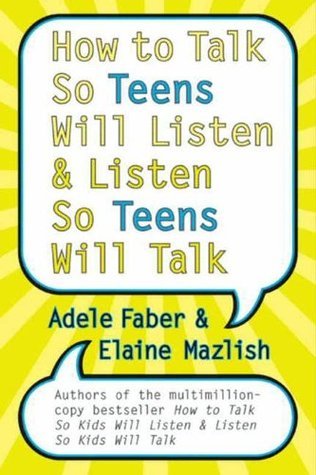What do you think?
Rate this book


The renowned #1 New York Times bestselling authors share their advice and expertise with parents and teens in this accessible, indispensable guide to surviving adolescence.
Adele Faber and Elaine Mazlish transformed parenting with their breakthrough, bestselling books Siblings Without Rivalry and How to Talk So Kids Will Listen & Listen So Kids Will Talk. Now, they return with this essential guide that tackles the tough issues teens and parents face today.
Filled with straightforward advice and written in their trademark, down-to-earth style sure to appeal to both parents and teens, this all-new volume offers both innovative, easy-to-implement suggestions and proven techniques to build the foundation for lasting relationships. From curfews and cliques to sex and drugs, it gives parents the tools to help their children safely navigate the often stormy years of adolescence.
228 pages, Kindle Edition
First published August 23, 2005
How can I express my honest feelings in a way that will make it possible for the other person to hear me and even consider what I have to say?
“I also think it’s natural,” I said, “for parents to push away painful or upsetting feelings. It’s hard for us to listen to our teenagers express their confusion or resentment or disappointment or discouragement. We can’t bear to see them unhappy. So it’s with the best of intentions that we dismiss their feelings and impose our adult logic. We want to show them the ‘right’ way to feel.”





